What I Wish I Knew: Podcast Episode #104
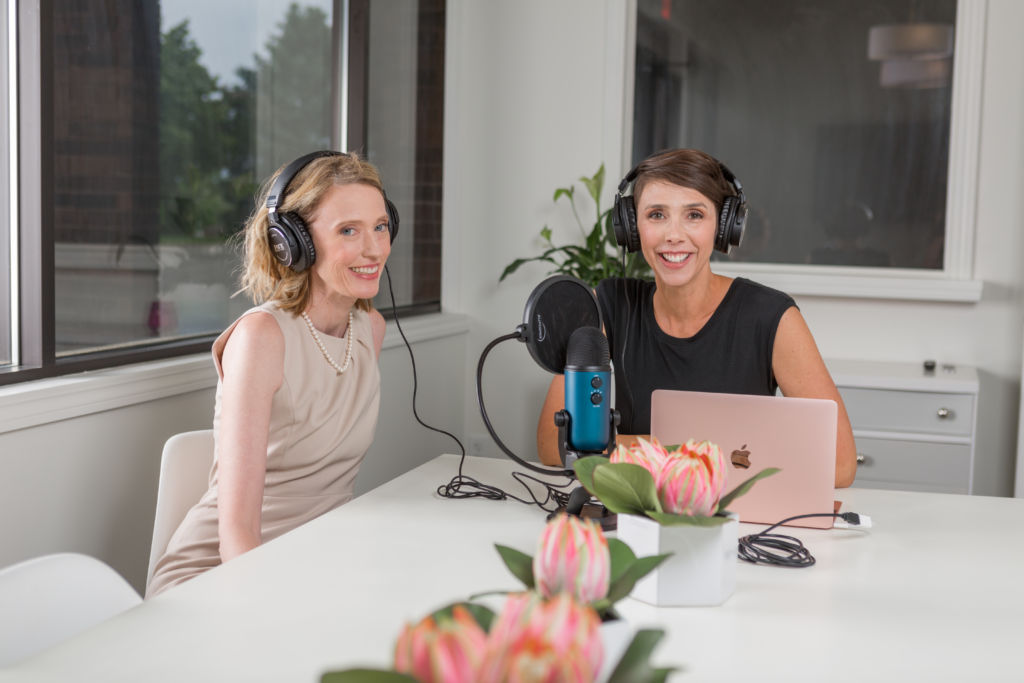
Kristin and Alyssa, owners of Gold Coast Doulas, talk about the things they wish they had known before having a baby. Listen to this fun episode packed with advice and lots of little gold nuggets of information for new parents! You can listen to this complete podcast episode on iTunes or SoundCloud. Kristin: Welcome to […]
Top 5 Return To Learning Tips
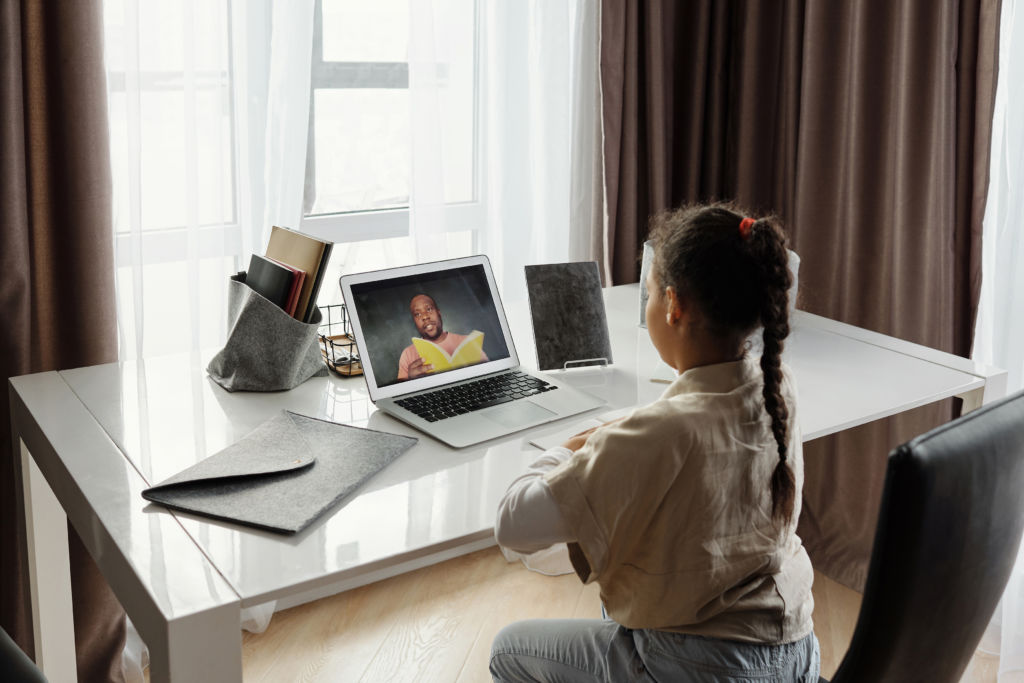
Fall is almost upon us…chunky sweatshirts and boots, falling leaves and school…let’s take a look at how best to prepare mentally and physically for what returning to learning means to you and your family. First of all, you are NOT alone in your feelings of anxiety or vulnerability and it is exhausting living in the land of uncertainty. There are, however, a […]
Creating a Safe Sleep Space: Routers
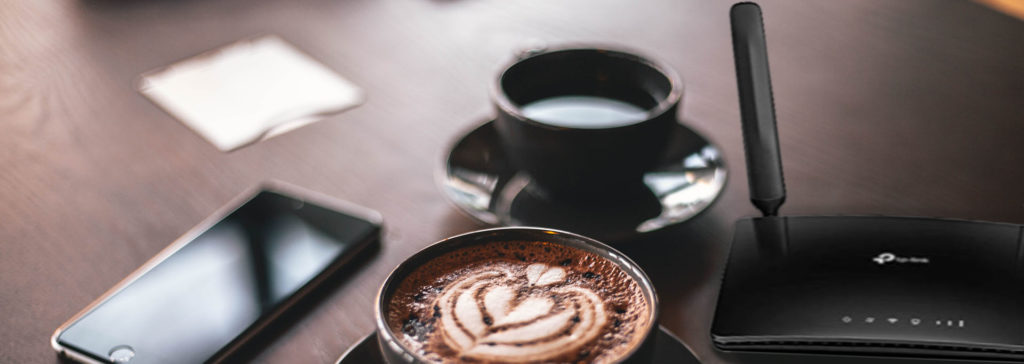
Alyssa Veneklase talks with Lisa Tiedt, Building Biologist and owner of Well Abode, about creating health sanctuaries in our homes. You can watch this video on YouTube. Alyssa: Hi. It’s Alyssa and Lisa here again. This is Part 3 of our series on how to create a low EMF sleep space, and we’ve kind […]
Creating a Low EMF Sleep Space: Baby Monitors

Alyssa Veneklase talks with Lisa Tiedt, Building Biologist and owner of Well Abode, about creating health sanctuaries in our own homes. You can watch this video on YouTube. Alyssa: Hi, again. We are in our series of how to create a safe sleep space, and I am Alyssa, talking to Lisa Tiedt again. She […]
Adult Separation Anxiety: Podcast Episode #99
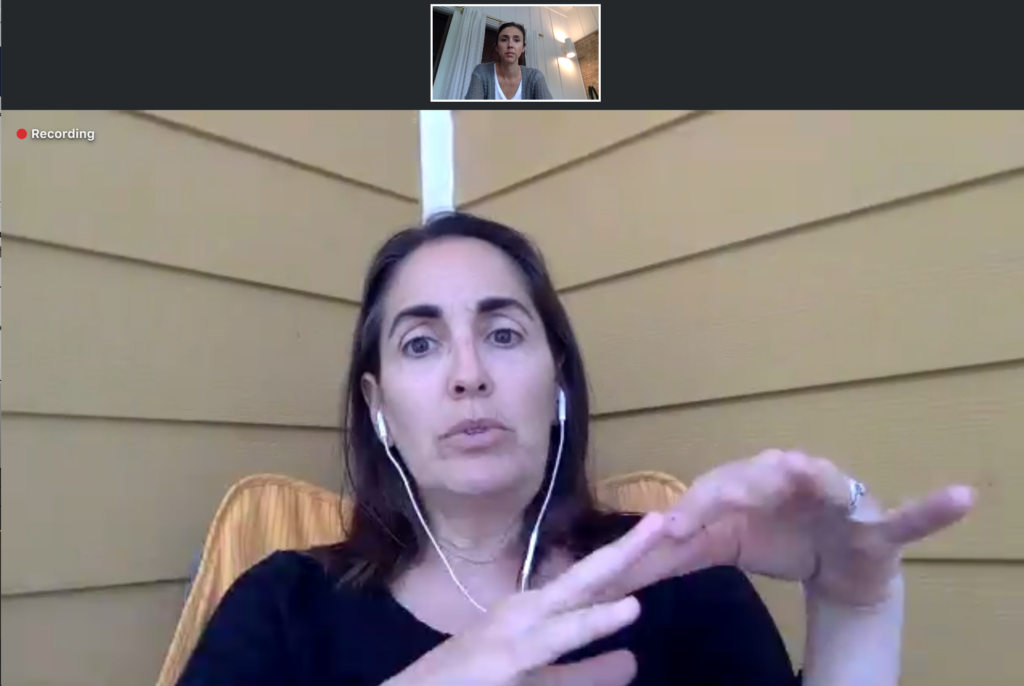
On this episode, Alyssa and Laine begin by talking about parenting anxiety and the distance that parents can sometimes feel as their babies and children grow and seem to need them less. The conversation takes some interesting turns to talk about having clear boundaries for kids, pivoting our expectations of children as they grow, and […]
My Favorite Sleep Products

During sleep consultations I am often asked what my favorite products are. While I have many, parents must realize that my favorite sleep sack or swaddle may not be their child’s favorite! I will list several products in this blog and tell you why I like them, but you know your baby or child best. […]
Top 10 New Parent Essentials
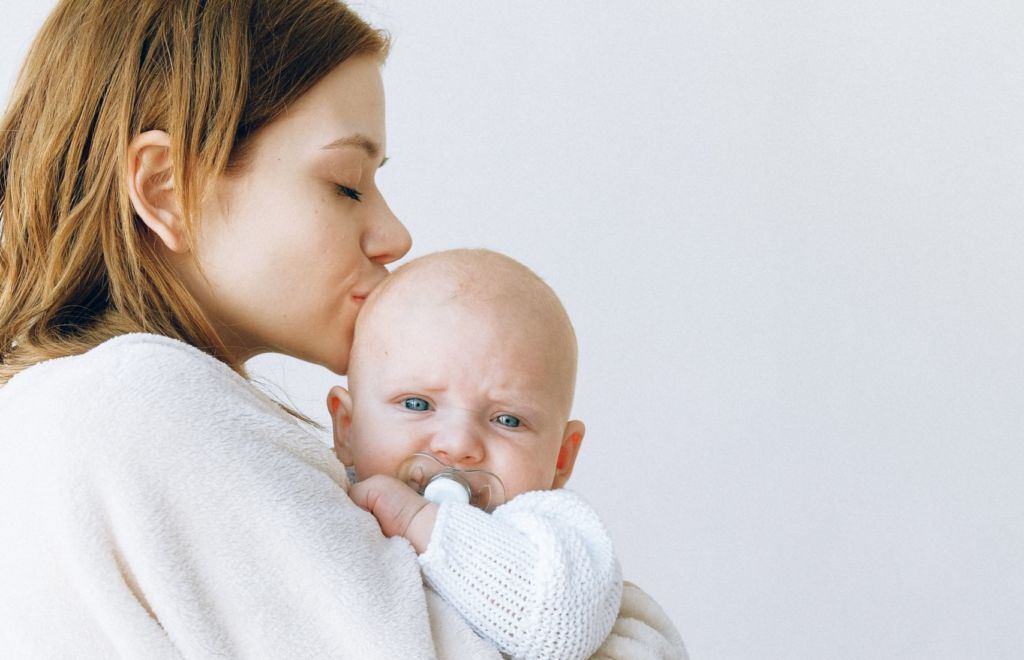
Did you notice that this list doesn’t say “Baby Essentials”? Nope, it’s not an error. YOU are the single most essential thing in your baby’s tiny life. While you process all the feels over this game changing reality, I’ve got your back with some advice on essentials that will ease your transition so that you […]
Parenting and Sleep: Podcast Episode #98

Laine Lipsky, Parenting Coach, talks with Alyssa today about the negative effects of sleep deprivation on children and parents. You can listen to this complete podcast episode on iTunes or SoundCloud. Alyssa: Hello and welcome to the Ask the Doulas Podcast. I am Alyssa Veneklase. I’m excited to be back with Laine Lipsky, parenting coach. […]
Mental Health Awareness Month: Podcast Episode #97

Dr. Nave now works with queens through her virtual practice Hormonal Balance. Today she talks to us about hormones and how they affect our mental health, including the baby blues and postpartum depression. You can listen to this complete podcast episode on iTunes or SoundCloud. Alyssa: Hi. Welcome to Ask the Doulas Podcast. I am […]
Parenting During Covid-19: Podcast Episode #96
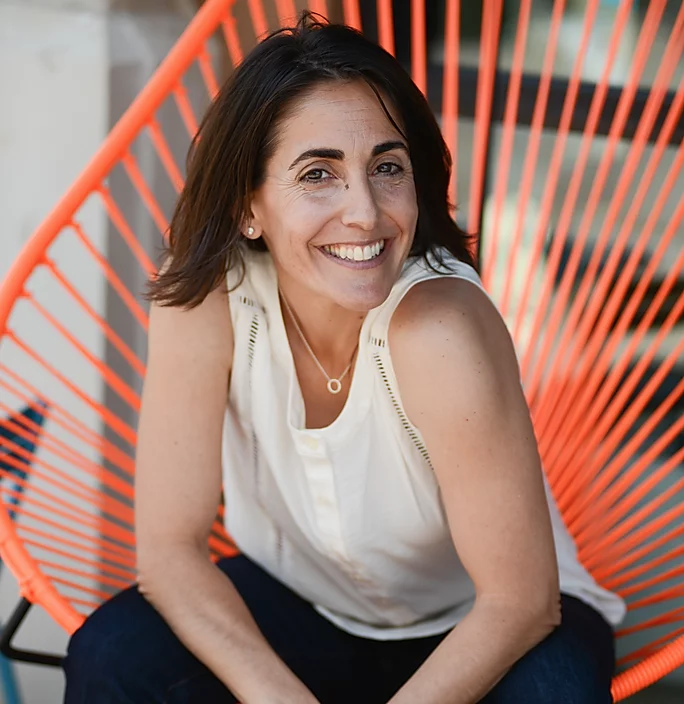
Today we talk with Laine Lipsky, parenting coach, about some best practices for parenting during the COVID-19 pandemic. She gives us all some great tips on how to manage stress and deal with out children no matter what age! You can listen to this complete podcast episode on iTunes or SoundCloud. Alyssa: Hello and welcome […]
COVID-19 Reduce Your Risk!

Ask The Doulas Podcast · Corona Virus Update on Doulas Reduce Your Risk by Megan Mouser, NP. March 31, 2020 STATISTICS COVID-19 With statistics regarding the novel coronavirus changing daily (and even hourly), the most up-to-date information can come from Michigan Department of Health and Human Services as well as the Centers for Disease […]
A Journey Unlike Any Other

To all of the couples who have had retrievals, transfers, and IVF schedules postponed or affected by the Corona virus outbreak my heart breaks for you. IVF is no small or easy journey; it takes a toll on your mental, emotional, and physical state. It’s beautiful and terrifying all at the same time. It’s expensive […]
When Your Baby Doesn’t Follow Your Birth Plan
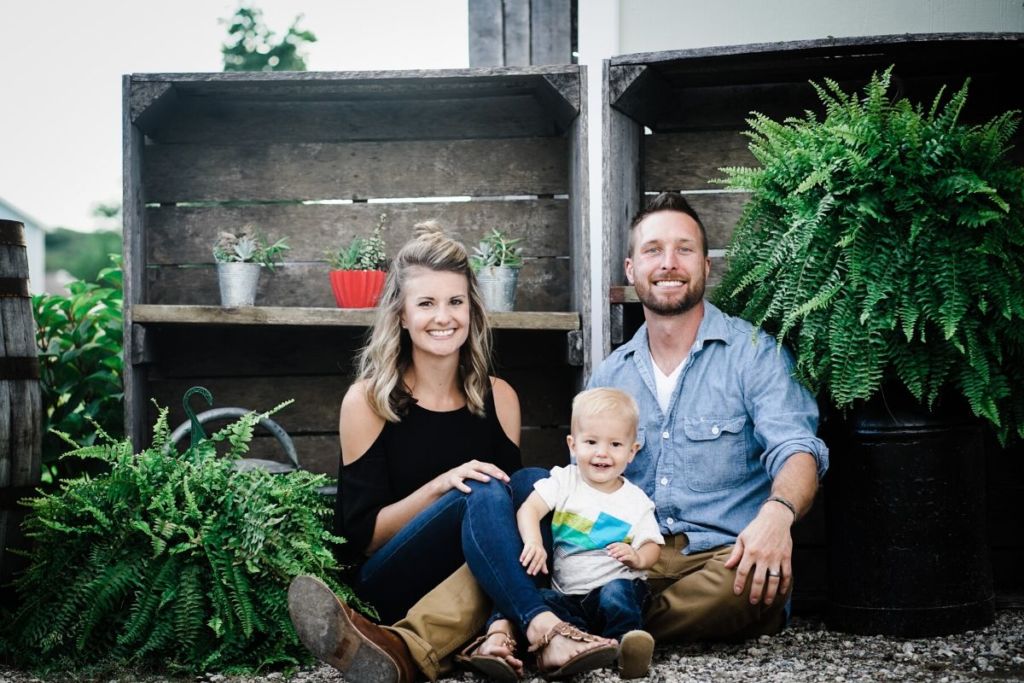
Have you ever set out to accomplish something life-changing? How did you prepare for it? Did you research it online? Did you read a how-to book? Did you seek advice from those you trust? Would you ever show up for the big day without preparing ahead of time? Back in November of 2017, I finally […]
How Sleep Deprivation Impacts New Parents
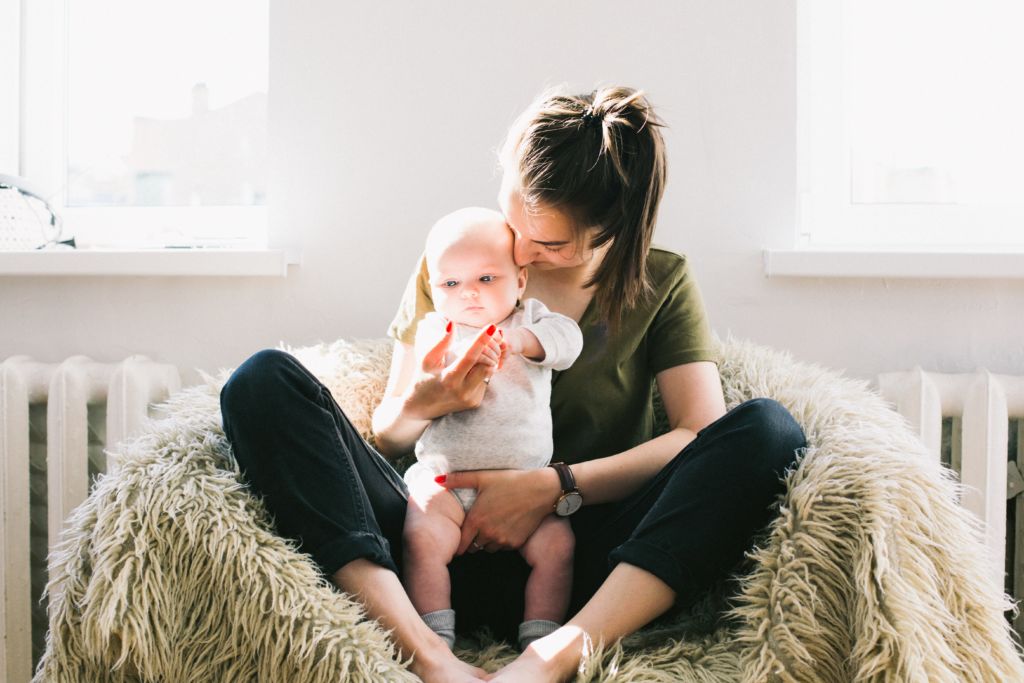
Becoming a parent is one of the most exciting and scary milestones of a person’s life. It’s likely your emotions will run the gamut from excited anticipation and joy, to fear of the unknown and uncertainty about what’s ahead and how you’re coping with parenthood. Managing night time feeds, tending to your baby throughout the […]
Gold Coast Doulas 4th Annual Diaper Drive
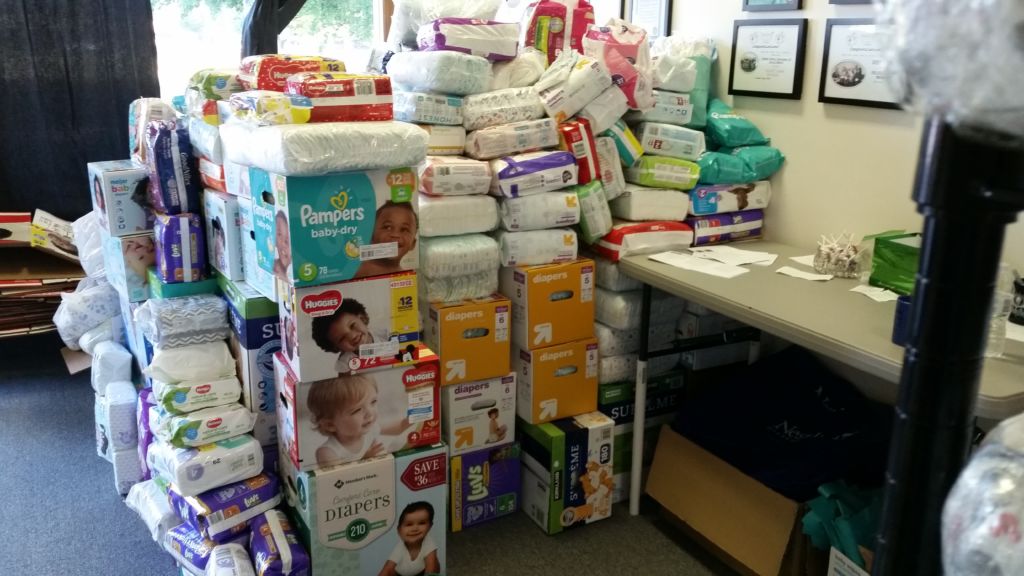
Gold Coast Doulas is holding our 4th annual Diaper Drive from September 1st to October 1st, 2019. Giving back is an important foundation of our business; clean diapers make a huge impact on the heath of new families. Diaper need is something that goes almost completely unrecognized, but 1 in 3 babies suffer in dirty […]
Supporting a Postpartum Mother: Podcast Episode #79
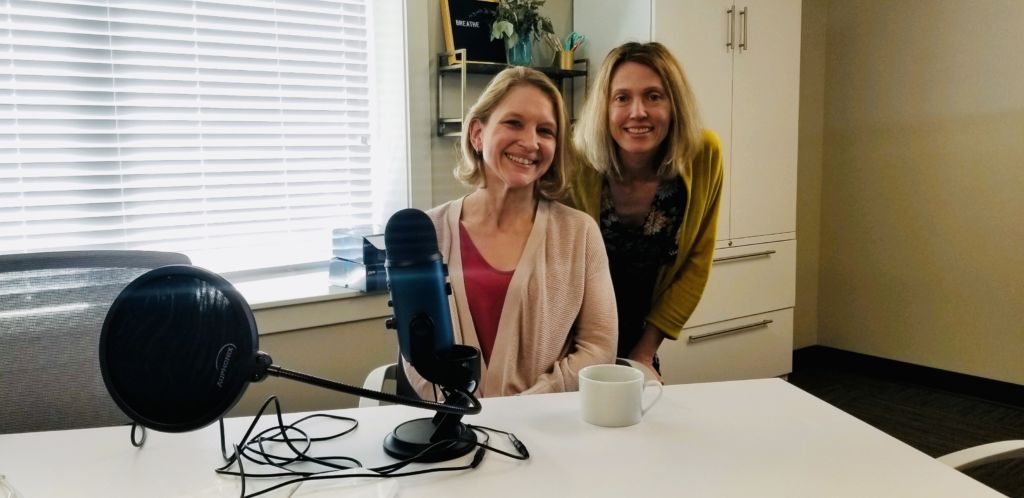
Elsa Lockman, LMSW of Mindful Counseling talks to us today about how partners, family members, and other caregivers can support a mother during those critical postpartum weeks to ensure she seeks help if needed. How do you approach a new mother and what are her best options for care? You can listen to this complete […]
7 Ways To Save Money When Having A Baby

Emily Graham is the creator of mightymoms.net. She believes being a mom is one of the hardest jobs around and wanted to create a support system for moms from all walks of life. On her site, she offers a wide range of information tailored for busy moms — from how to reduce stress to creative […]
HOW TO TAKE A SOCIAL MEDIA BREAK ON MATERNITY LEAVE
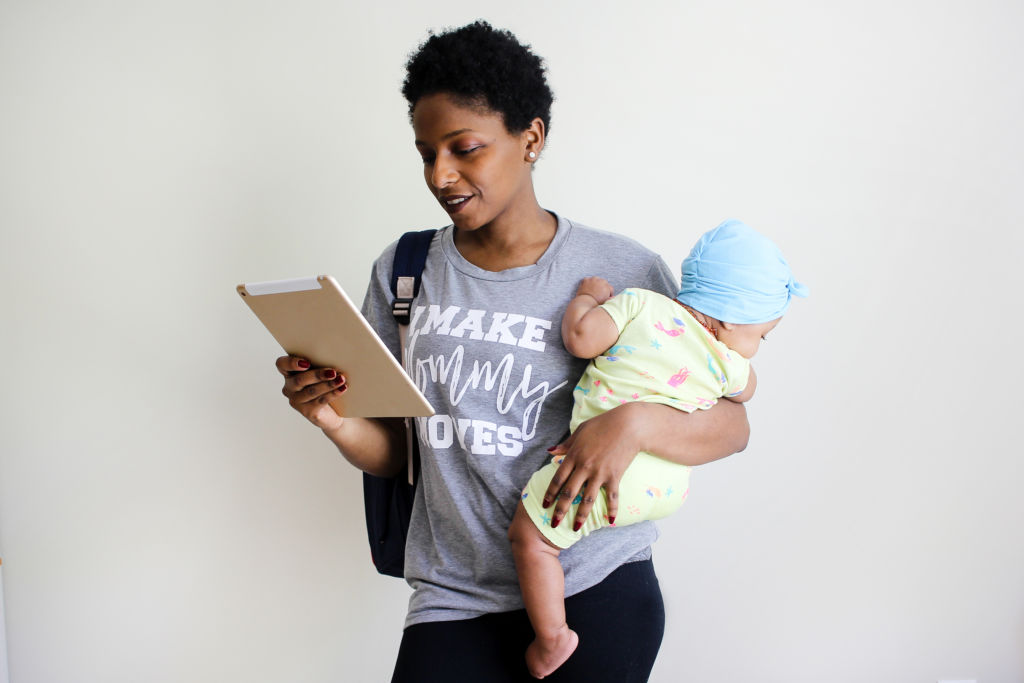
We are so very excited to share this guest blog with you because not only is the author an amazing mother and entrepreneur, but she is also a past client. With over 10 years experience in social media strategy and digital marketing, Chris found her purpose after having her daughter. Pre-baby, she was a self-proclaimed […]
Benefits of A Postpartum Doula and Why Should You Hire One?
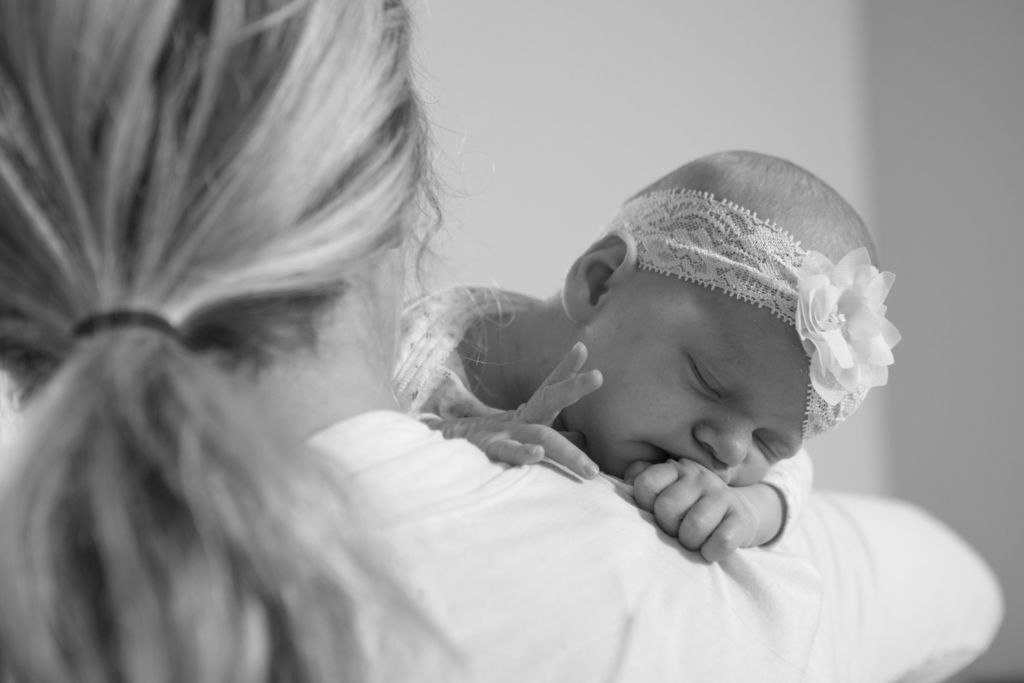
Author Bio: Roselin Raj is a journalist and a writer. She has been writing extensively on health and wellness related topics for over a decade. Besides her professional interests, she loves a game of basketball or a good hike in her free time to fuel her spirits. “Health is wealth” is one motto of life […]
EMDR Therapy: An Overview

We are so excited to share this guest blog by Joshua Nave LLMSW and Paul Krauss MA LPC of Health for Life GR. We get asked frequently about EMDR Therapy, so read below to find out what it is and how it works! This blog is a discussion of the basics of what Eye Movement […]
Car Seat Safety: Podcast Episode #72

Today we talk to one of Gold Coast Doulas’ Birth and Postpartum Doulas, Jamie Platt. She is a Certified Car Seat Technician and gives parents some helpful tips about what’s safe and what isn’t. You can listen to this complete podcast episode on iTunes or SoundCloud. Alyssa: Hi, and welcome to another episode of Ask […]
Your Trusted Birth Team

We all know that becoming a parent is difficult, but most first time parents don’t really have a full understanding of how hard it will be until they’re in the midst of it. They may encounter fertility struggles or miscarriages; they realize that planning during pregnancy takes a lot of work; they have to find […]
Podcast Episode #68: Overnight Doula Support
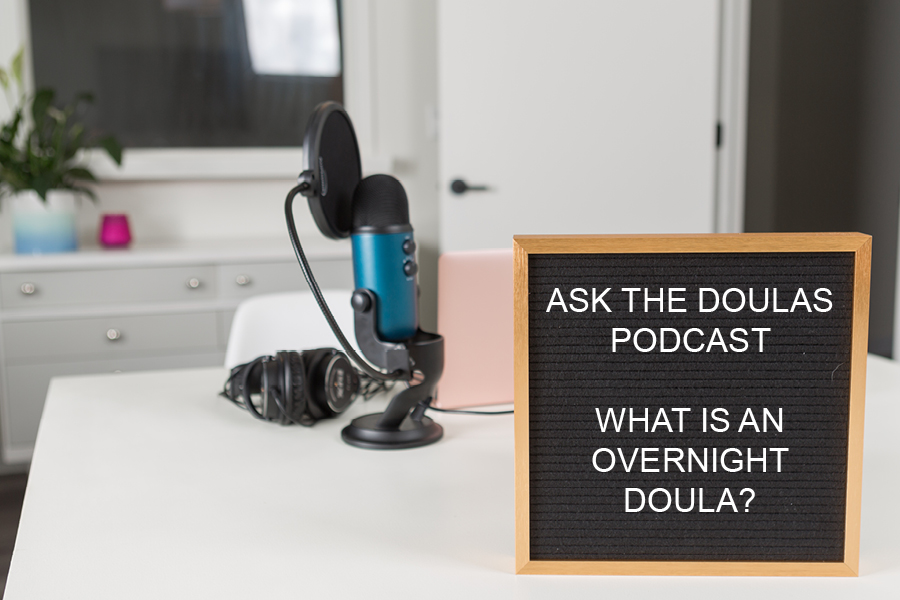
Many of our clients and listeners don’t fully understand what overnight doula support looks like. Kristin and Alyssa, both Certified Postpartum Doulas, discuss the kinds of support their clients look for and how their team of doulas support families in their homes. You can listen to this complete podcast on iTunes or SoundCloud. You can […]
Technology and Mindfulness for New Parents

Technology is an amazing tool that we use daily for our work and personal lives, but it can also be the thing that drags us down. We need it, we love it, but we hate it. It’s time we take a good look at our data usage and figure out what’s draining us. Why not […]
